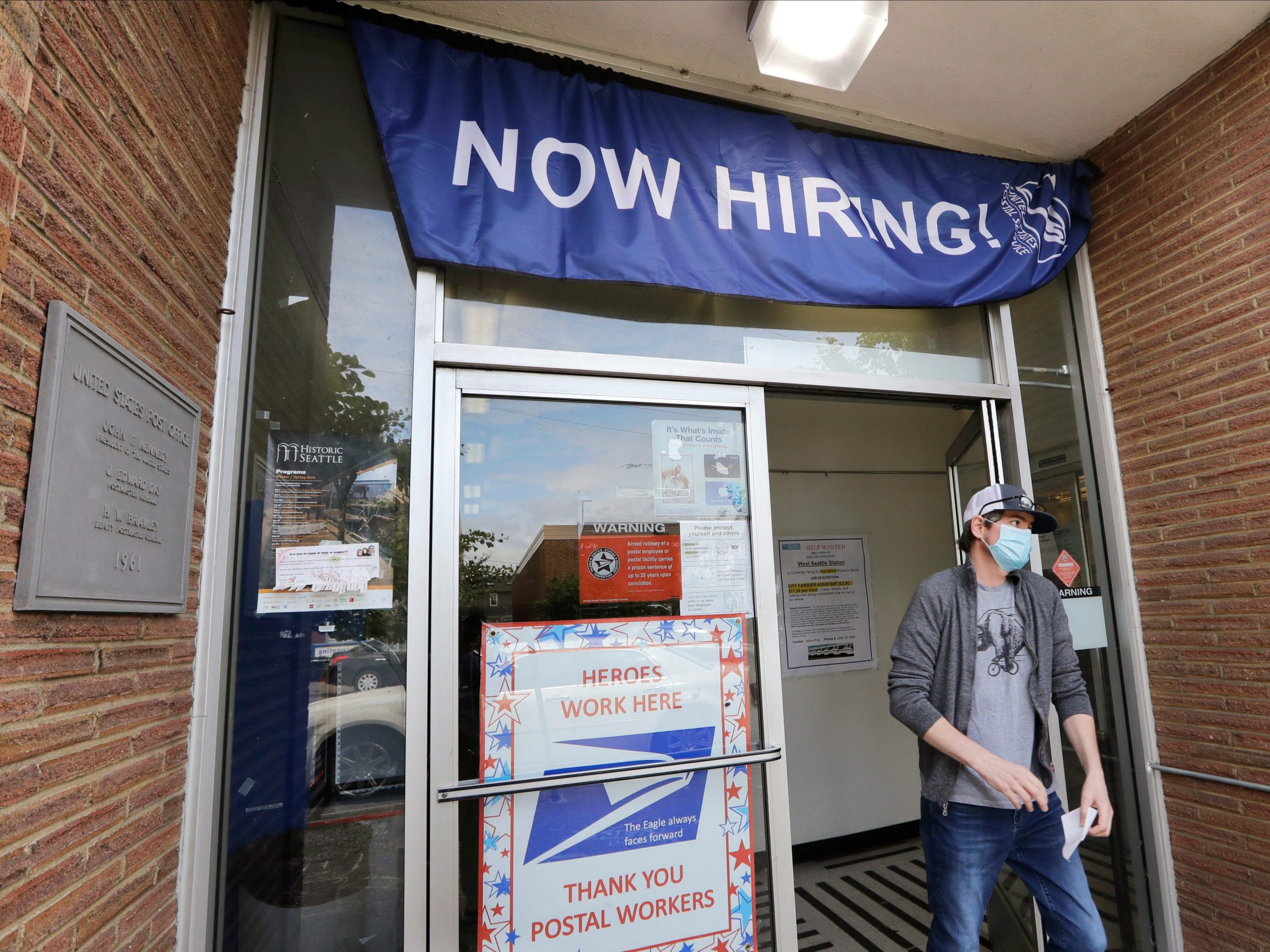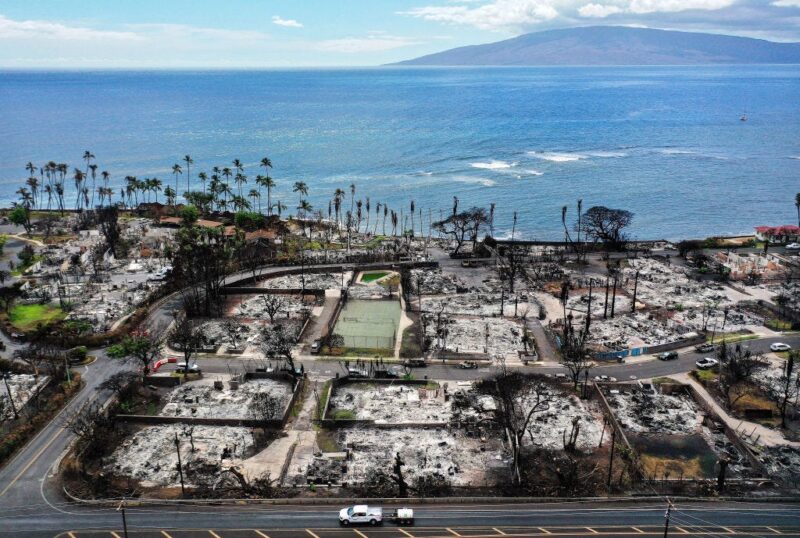- August’s US jobs report showed a big increase of 1.4 million jobs over the month.
- The positive August report marks the fourth straight months of gains, but the pace of jobs growth seems to be slowing.
- US employment is still far lower than before the coronavirus pandemic, with 11.5 million fewer Americans on nonfarm payrolls in August than in February.
- The current downturn has been far sharper and deeper than any other postwar US recession.
- Visit Business Insider’s homepage for more stories.
The August jobs report showed a slightly larger-than-expected increase in employment, with about 1.4 million nonfarm payroll jobs added over the month.
But even what would be considered in normal times a blisteringly fast rate of job growth still leaves the US labor market in a deep hole.
August’s beat followed three months of even faster jobs growth, with about 9.2 million jobs added between May and July. The rate of job growth may be slowing, however, and millions of Americans remain out of work.
Finance blogger Bill McBride publishes a monthly chart showing how employment has declined and recovered during and after historical US recessions since World War II. The chart starts at the highest level of non-farm payroll employment at the beginning of each of the 12 postwar recessions as defined by the National Bureau of Economic Research, and then shows the percent decline in the following months until employment returns to the pre-recession high.
The chart shows a fascinating historical comparison of the depth and length of modern US recessions and recoveries. Until the coronavirus pandemic, the deepest and longest employment decline in the postwar period was the Great Recession of 2007-2009, highlighted in blue in our version of the chart below.
The current downturn is far sharper and deeper than any other postwar employment recession, with over 22 million jobs lost between February and April. Even the last three months of rapid job expansion still means the US economy has about 11.5 million fewer jobs than it did before the pandemic.
The labor market is not the only part of the US economy that has tumbled during the pandemic. Gross domestic product, a broad measure of economic activity, fell at a record-shattering 33% annualized rate in the second quarter of this year. Many economists expect rapid growth through the rest of the year, but not enough to return to pre-recession levels until as late as the end of 2021.
Here's our version of McBride's chart, showing declines in the number of nonfarm payroll jobs as a percentage of peak pre-recession employment during each postwar US recession:











